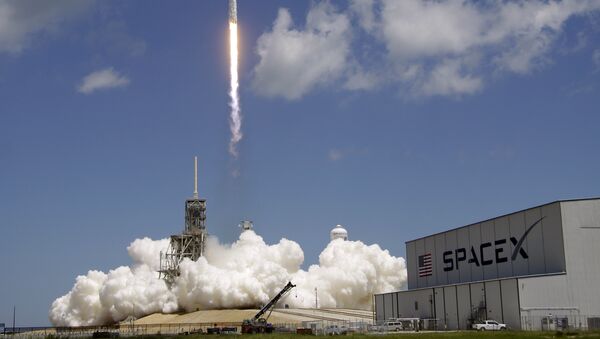The celebratory 50th launch of SpaceX's Falcon 9 rocket was supposed to be a regular satellite delivery for Hispasat, a Spanish-language communications operator. However, the orbital data, published by the US military shows that a secondary payload, named PODSat, separated from the Hispasat 30W-6 satellite, when the latter reached orbit. The niche web portal Spaceflightnow.com reports officials from Space Systems/Loral (SSL) and NovaWurks, two companies involved in the launch, have confirmed the existence of the secret secondary satellite.
READ MORE: US SpaceX Rocket Lifts Spanish Satellite to Orbit (VIDEO)
According to Wendy Lewis, a spokesperson for SSL, such "rideshare commitments" are increasingly becoming more common, as they help greatly reduce satellite deployment costs. She noted that a new innovative secondary cargo release system was tested during this launch.
Lewis added that secondary payload has an "R&D [Research and Development] mission," but refused to give any more details on the matter. James Greer, chief operating officer at NovaWurks, also refused to elaborate on the secondary satellite's mission, noting that he couldn't do it as it was a "DARPA [US Defense Advanced Research Projects Agency] project."
READ MORE: Richard Branson 'Jealous' of SpaceX's Success, Wants to 'Upstage' Elon Musk
NovaWurks, using the DARPA funding, developed a Hyper-Integrated Satlet, or HISat, architecture, which can be used to reduce satellite construction and deployment costs. SSL in its turn developed a Payload Orbital Delivery System, or PODS, a mechanism installed inside the Hispasat 30W-6 that was used to release the secondary satellite, once primary payload reached its orbit.

